When you first start paddling it’s great fun and recklessly easy to blast straight downstream. That’s okay until you need to avoid obstacles or go somewhere other than directly to the bottom of the rapids. Three or four hundred pounds of paddlers and canoe barrelling downstream has a lot of momentum, making your straight-shot more Jon Voight in Runaway Train than Bill Mason in Waterwalker.
One of the Golden Rules of paddling is to point your boat where you want to go.
It seems obvious and you have no doubt heard it before, but learning to travel laterally across rapids is a mind-bender for the newly initiated and a concept that should be frequently revisited and practiced by paddlers of all levels. Pointing your boat where you want to go and travelling laterally allows you to move around the river for cleaner, drier lines and is the only way to access mid-rapid eddies.
Your first goal should be setting your angle across the current in one stroke.
However, radically changing your boat’s angle—for example, from pointing downstream to pointing across the current—does not alone change your direction of travel. Imagine standing on a moving sidewalk, looking straight ahead. You can turn your body to face left or right but you are still moving forward. To move laterally you need to step in that direction. Pointing your boat in one stroke allows you to immediately start building momentum in the new direction. This does not mean that you need to start paddling at warp speed, but you should at least be ready to start moving your boat in the new direction—across the river.
Timing is a key issue when developing lateral momentum.
Once your canoe is pointed at a destination like an eddy, green tongue or slalom gate, you need to ensure that your speed matches the angle and distance to your target.
Let’s look at a midstream eddy behind an exposed rock as an example. The water accelerates around the rock that forms the eddy, so you may need to increase your momentum as you approach. Conversely, if you build momentum too far upstream, have too open of an angle or you’re simply moving too fast across the current, you may come in too high. This could result in pinning against the rocks or ricocheting off and sliding down the eddy with zero directionalmomentum. In these cases, ease your lateral momentum by relaxing your stroke rate or pause and wait for the eddy to come to you. Keeping your eyes on the eddy and being aware of distance versus cross-current and downstream vectors will help you judge when to back off and when to pour on the power.
Advanced solo and tandem boaters may also use a trough or foam pile of a standing or crashing wave to funnel their boats into an adjacent eddy. To try this, develop some cross-current momentum and fall sideways into the wave. Make sure you drop into the trough flat rather than with the customary downstream tilt to prevent the wave from dumping in your boat. Ride the wave’s trough or tube like an on ramp into the eddy, or use the power of the wave to kill your downstream momentum, allowing you to move across into the eddy.
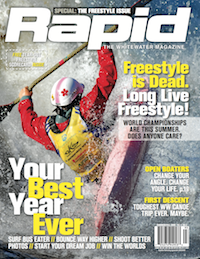
This article first appeared in the Fall 2009 issue of Rapid Magazine.



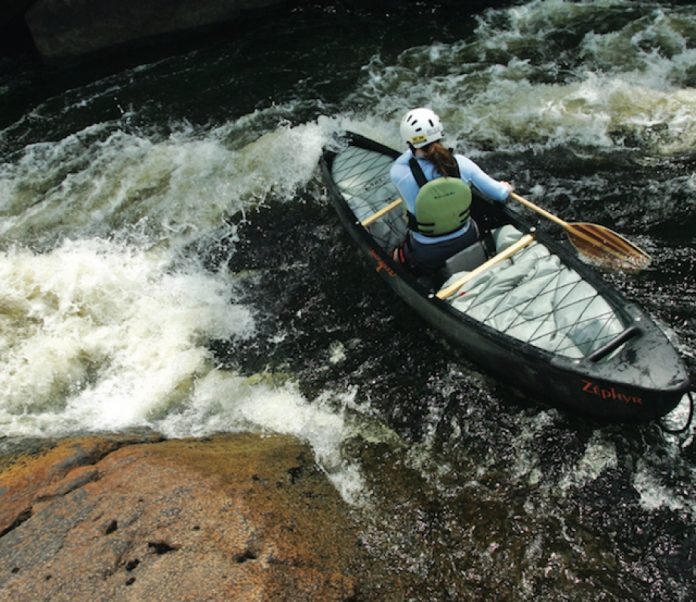
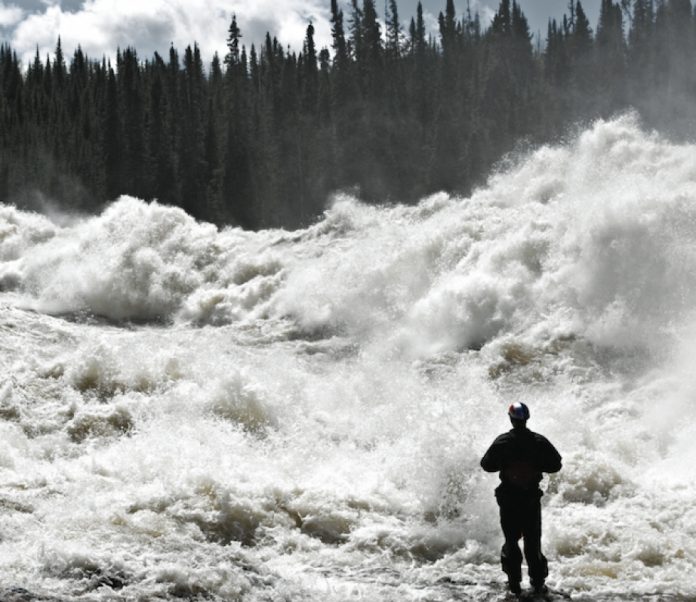
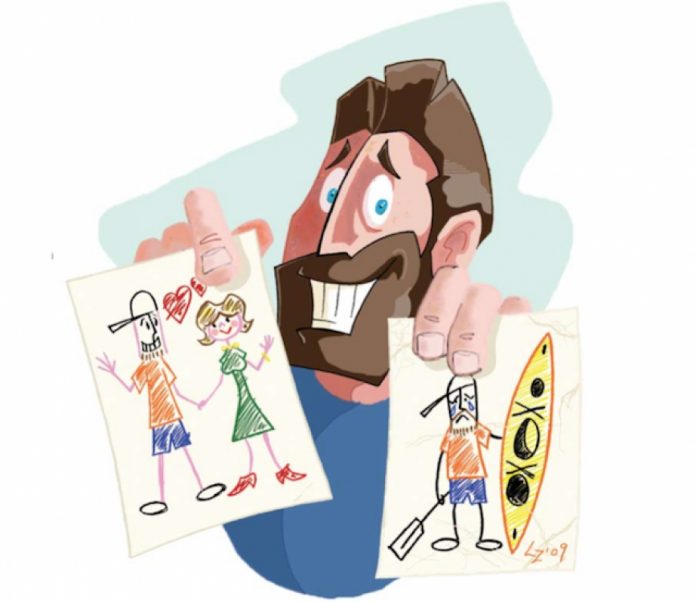
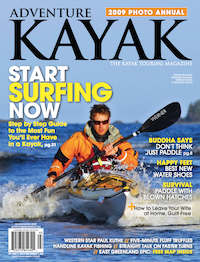 This article first appeared in the Summer/Fall 2009 issue of Adventure Kayak Magazine. For more great content, subscribe to Adventure Kayak’s print and digital editions
This article first appeared in the Summer/Fall 2009 issue of Adventure Kayak Magazine. For more great content, subscribe to Adventure Kayak’s print and digital editions 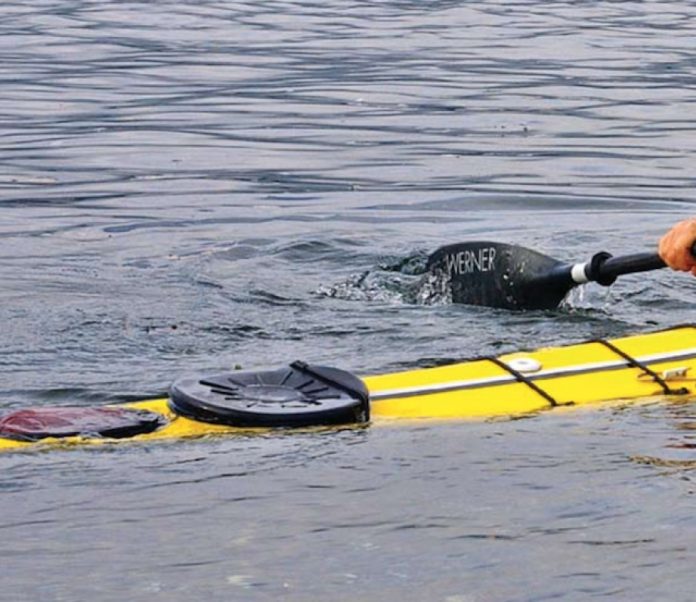
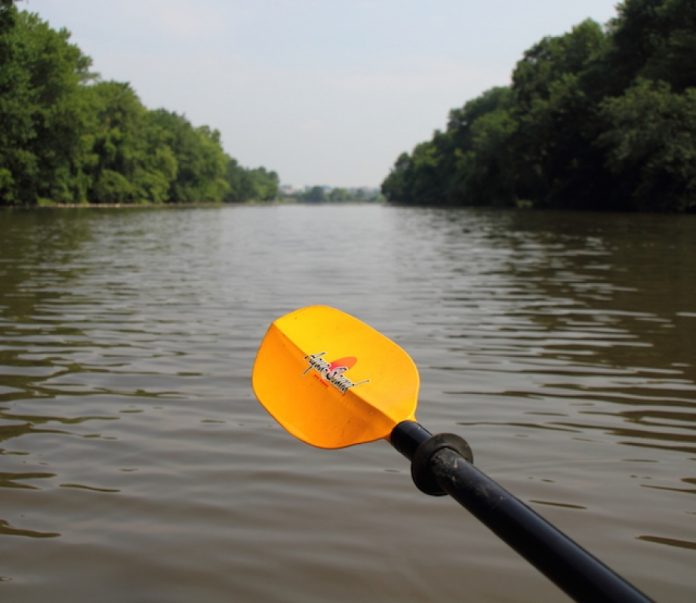
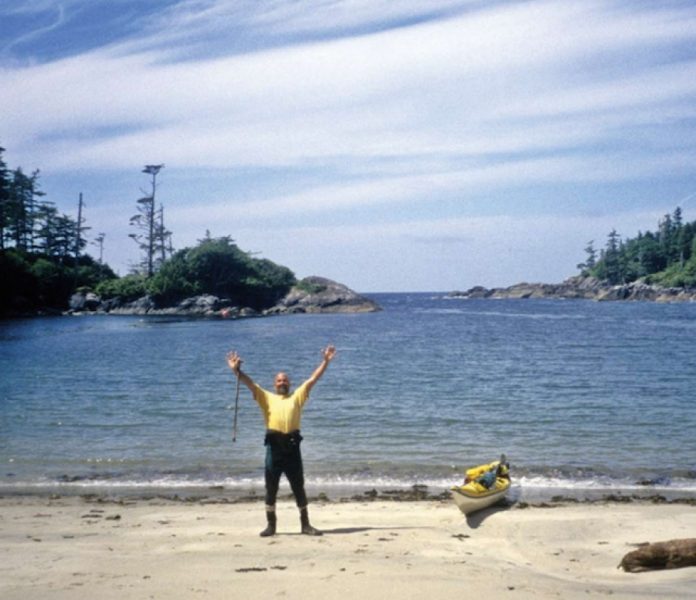
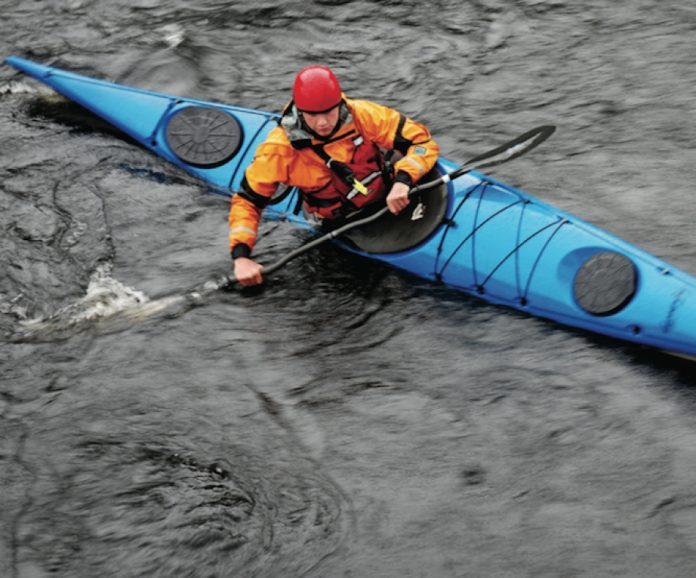
 KEVLAR, KEVLAR, EVERYWHERE
KEVLAR, KEVLAR, EVERYWHERE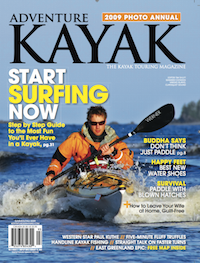 This article first appeared in the Fall 2009 issue of Adventure Kayak magazine. For more boat reviews, subscribe to Adventure Kayak’s print and digital editions
This article first appeared in the Fall 2009 issue of Adventure Kayak magazine. For more boat reviews, subscribe to Adventure Kayak’s print and digital editions 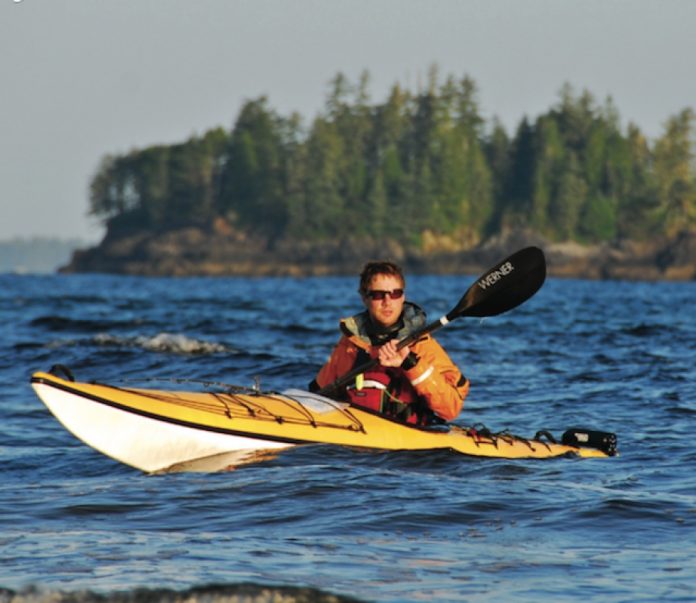
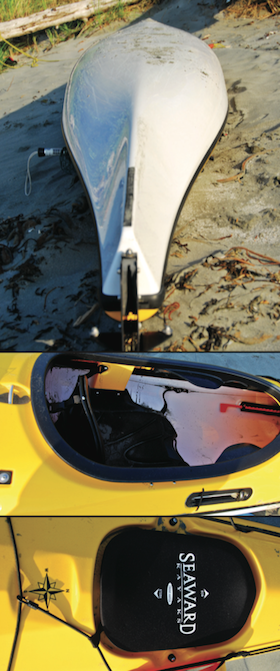 Wide bodied watercraft
Wide bodied watercraft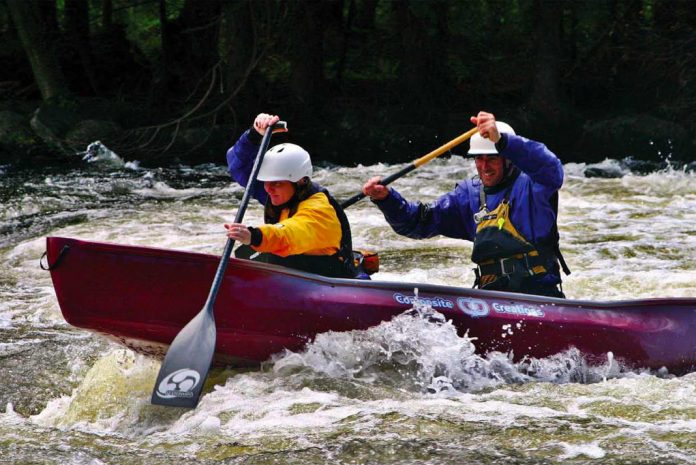
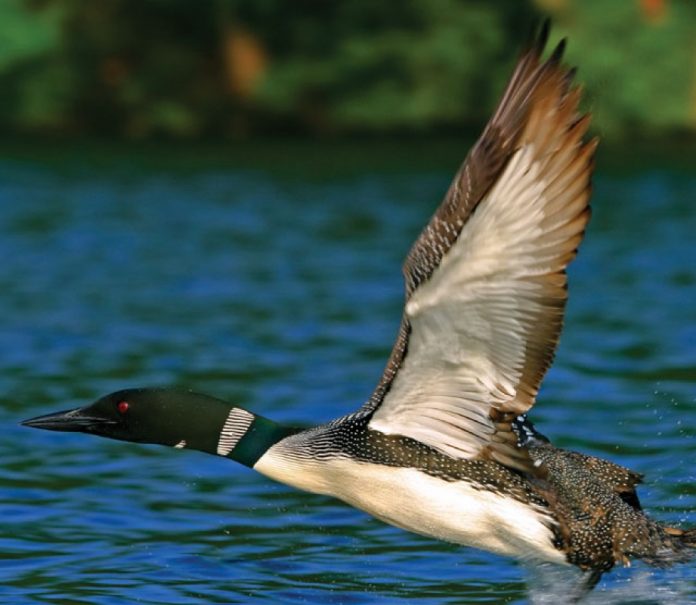
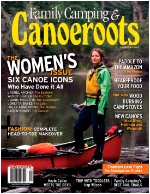 This article first appeared in the Summer/Fall 2009 issue of Canoeroots Magazine.
This article first appeared in the Summer/Fall 2009 issue of Canoeroots Magazine.